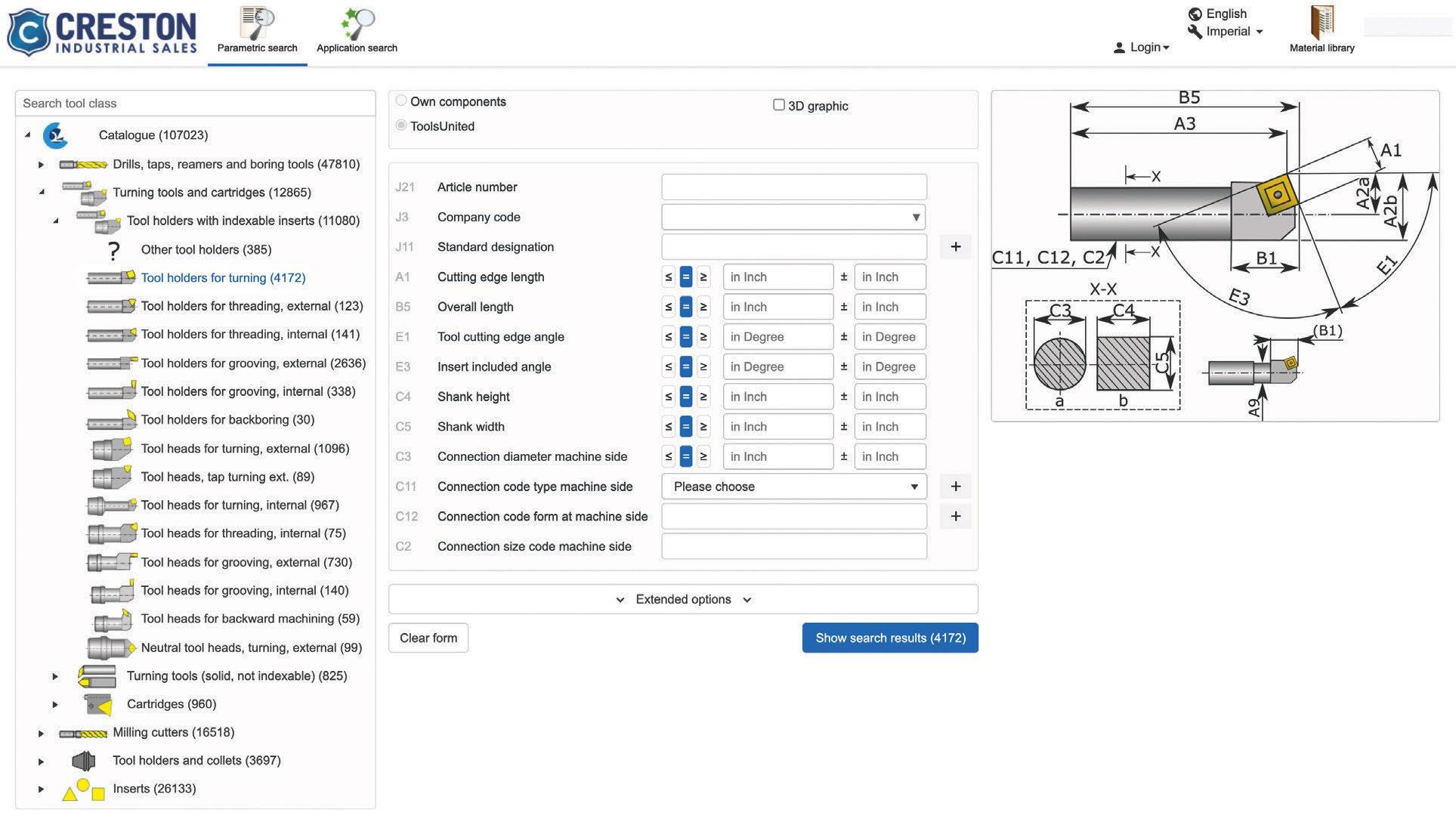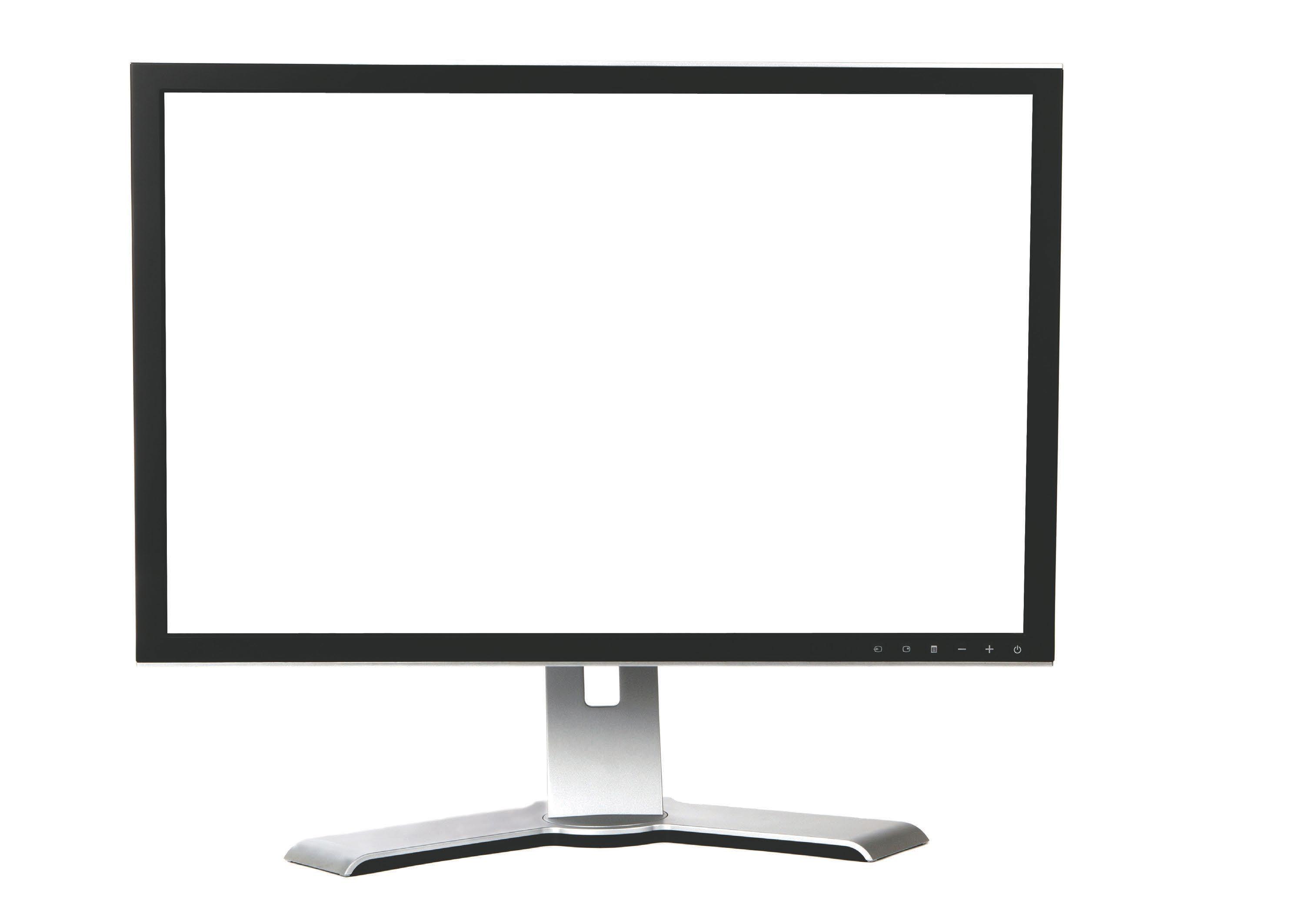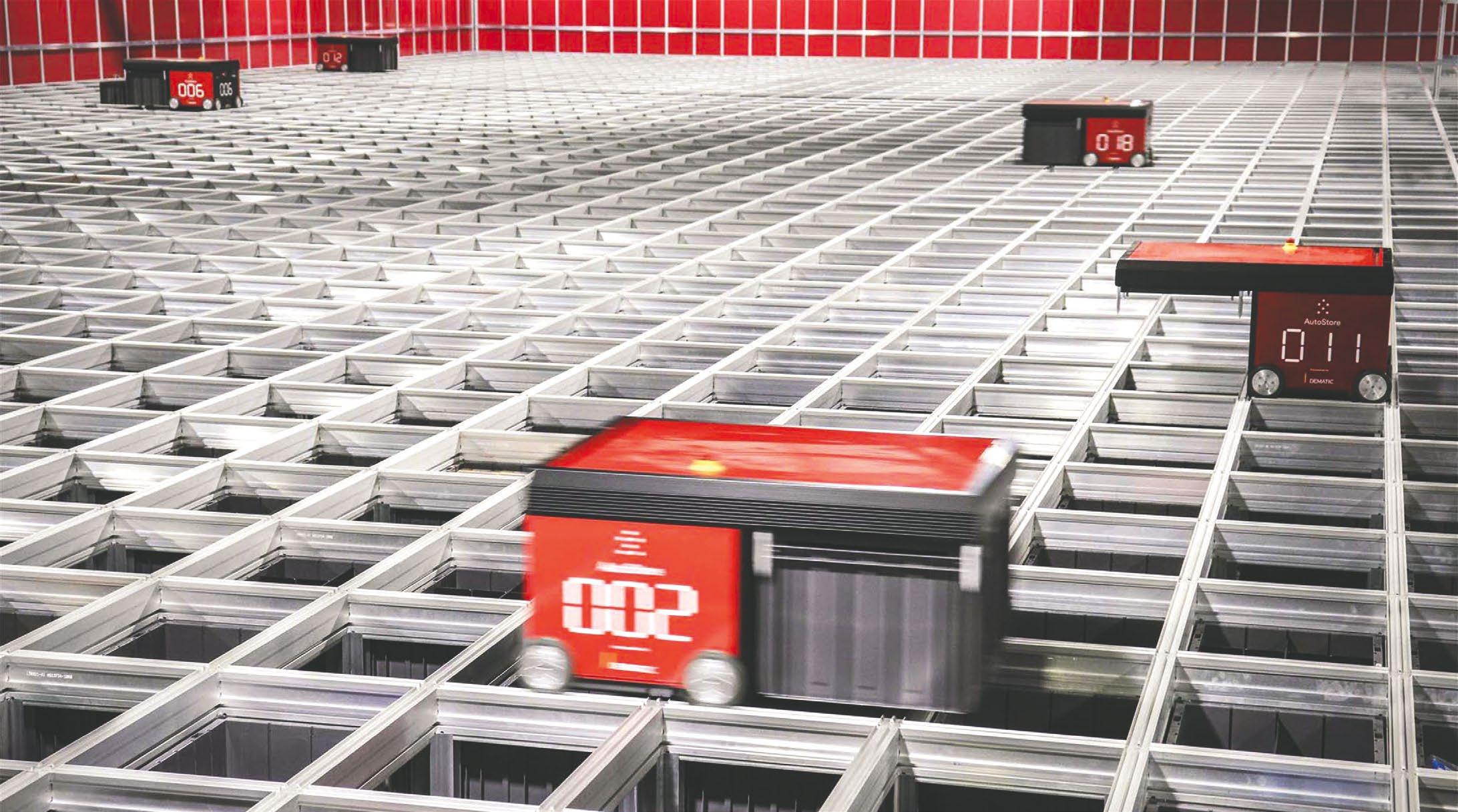
6 minute read
TMS HABITS OF HIGHLY EFFECTIVE MANUFACTURERS
Tool Management Systems can become ‘digital paperweights’ if they aren’t populated with good data
Companies that use hundreds of tools, holders and fluids to manufacture products get wide-eyed when they see demonstrations of sophisticated software programs that can keep track of inventory or notify operators when tools are ready for resharpening or disposal.
Advertisement
But tool management systems (TMS) can become nothing more than an expensive digital paperweights if companies don’t fill them with good data, experts say.
On the other hand, companies that adopt TMS and populate

TMS systems are most effective when they are populated with detailed, standardized data.
IMAGE COURTESY CRESTON INDUSTRIAL SALES databases with accurate information can reap huge benefits in increased productivity, improved quality and reduced downtime. In some cases, companies have even been able to implement lights-out manufacturing that can substantially reduce labor costs.
“Our first customer was a large machine shop in Indiana that paid about $100,000 for implementation and launch of a TMS system” said David Darling, lead sales representative for CimSource-North America who formerly served as chief strategy officer for Creston Industrial Sales in Grand Rapids. “And for three years, they didn’t’ use it once.”
TMS “is just the beginning of the process, and too many people think it’s the end,” he said.
While it made the commitment to purchase the TMS system, the company didn’t factor in the cost of inputting all the critical information about tools and how they were used in the processes. Also, the customer didn’t identify individuals in the organization whose primary jobs were to contact vendors to obtain information on the tooling, input the data and push TMS implementation over the goal line.
Learning from its initial mistake, the customer did a limited TMS relaunch in one of its machining groups by inputting of data on about 2,500 tools that relied on an international tool standard called Standard Open Base (StOB), Darling said. After years of inaction, the company was able to use its TMS in the group in a matter of weeks.
In approximate terms, StOB is a “master engineering standard”
that sits alongside ISO, DIN, and ANSI and serves to bridge the gaps in information that would have normally prevented a 3D model of a cutting tool from being read in and recognized by downstream manufacturing systems. Established in 1992, StOB is a more than 600-page document backed up with 50 staff that details standards of how cutting tools are defined on an international basis.
StOB has become essential because cutting tools are made globally, and cutting tool manufacturers use different methods of defining their products. For example, a customer may buy a step drill from Sandvik, an end mill from Garr, and a carbide insert from Sumitomo. All three manufacturers use a different combination of methods to measure and define their tooling. StOB documents rules so all the tools are defined in the same manner. More than 40 major tool manufacturers worldwide have signed on with StOB, generating a catalog of more than 1.4 million tools.
Without using StOB, companies that want to implement TMS systems are faced with having to acquire data from all of their different tool vendors, then translate all the data into a form that can be used by their inhouse software.
CimSource-North America has services called ToolsUnited and ToolLink that access the database of tools defined by StOB so that all of the data can be downloaded into a company’s TMS system. For tooling that hasn’t yet been defined in StOB, CimSource products will send out automated emails to vendors, asking for the data so that it can be rendered into StOB format.
“We customize ToolLink to know what information the customer will need, based on the customer’s installation,” Darling said. “ToolLink goes into the ToolsUnited server and pulls down any information that the customer needs, then populates the customer’s TMS.
With services such as those provided by CimSource-North America, companies can develop a robust TMS, which leads to substantial savings from reduced downtime and the need for excessive safety stock. At the same time, companies can take advantage of all the powerful benefits of software such as collision avoidance and CAM optimization if they have a well implemented TMS, loaded with accurate and reliable 3D cutting tool data. Simply put, if the software doesn’t reliably understand what is loaded in the machine spindle, these methods are for naught.
In addition to using their TMS systems to their greatest advantages, manufacturers can reap even greater benefits through greater productivity, improved quality, and reduced downtime if they consider the whole gamut of tooling processes on the shop floor.
“A really robust process looks at several aspects of production: the right tooling, the right holders, the right fluids and the right automation,” said Scott Kudlack, director of sales at Creston Industrial Sales. “One of the biggest challenges in this type of environment is if the tooling is dependable. You can’t thoroughly plan for your output if the tooling is not consistent.”
While it plays at big part in overall production, tooling generally doesn’t have a major impact on the total cost of the part – only about 5 percent, Kudlack said. “It really makes good sense to run a process with a tool changes set at maybe threequarters of their full tool life,” he said. “Run the tool too long and you run the risk of bad parts or creating enough wear on the tool so it can’t be resharpened.”
In some cases, manufacturers have developed such robust systems that they have been able to engage in lights-out manufacturing — a method of fully automating a manufacturing line so that it can run without human presence on-site for hours or shifts. “Lights-out manufacturing is especially pertinent now, when we are experiencing labor shortages,” Kudlack said.
“One customer in Grand Rapids was having trouble finding people who were properly trained in running their CNC mills and specialty machines made for their operations,” he said. To solve the bottlenecks, the company ramped up lightsout operations that were built upon a well implemented TMS, very robust manufacturing processes and well designed quality controls. Paul Hendricks, chief executive officer of Creston Industrial Sales, said the cutting tool industry every year makes remarkable advances and finds new applications for current technology, as evidenced by the data services products of CimSource and lights-out manufacturing.
“Everyone sees that raw materials and labor have become more expensive, so Creston makes a dedicated effort to attend supplier training seminars and workshops to learn how we can help reduce cost, improve uptime or improve quality through our tooling,” he said. “It sounds trite, but it still holds true: we need to work smarter, not harder. And that comes from good planning and teamwork with our suppliers and customers.” n
Scott Kudlack
“A really robust process looks at several aspects of production: the right tooling, the right holders, the right fluids and the right automation. One of the biggest challenges in this type of environment is if the tooling is dependable. You can’t thoroughly plan for your output if the tooling is not consistent.”
— SCOTT KUDLACK, DIRECTOR OF SALES AT CRESTON INDUSTRIAL SALES









